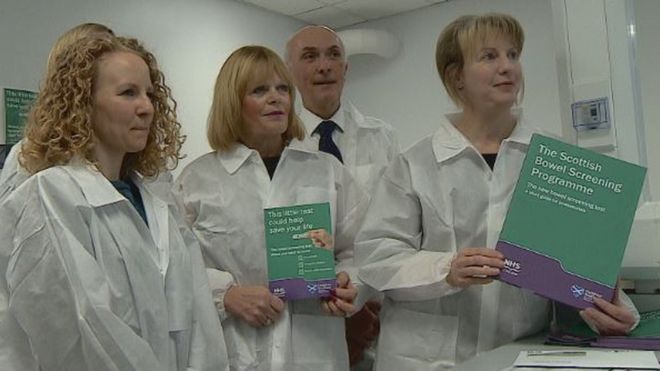Advances in our Understanding of Paediatric Brain Tumours
By Marc Hendricks
Massive advances have been made in the last forty years in paediatric oncology. The best example of this is in acute lymphoblastic leukaemia (ALL) which is the most frequently diagnosed malignancy in children and which in the early 1970s was almost uniformly fatal. Today in developed nations the overall survival for ALL tops 80%, in some countries as high as 90%. Almost every other solid paediatric tumour has followed suit except for paediatric brain tumours, which despite comprising a third of all tumours seen by paediatric oncologists, was the group in which arguably there was the slowest progress by comparison.
Recently however, the advent of molecular mapping of paediatric brain tumours has transformed the landscape of our conventional ideas of risk stratifying children with brain tumours which traditionally was built on the prospect of resectability of the primary tumour, the presence or absence of metastatic disease and the histology of the tumour.
The two most recent examples which best demonstrate this seismic shift in our understanding of paediatric brain tumours is undoubtedly the new molecular risk stratification groups which have emerged in paediatric medulloblastoma (Kool et al., 2012; Taylor et al., 2012) and the removal of the term primitive neuroectodermal tumour (PNET) from the WHO classification, following emerging studies from Sturm et al. (2016) revealing multiple molecular sub-types amongst tumours traditionally described as PNETs. Using DNA methylation profiling, the investigators were able to demonstrate amongst other things four distinct new categories of tumour each with its own recurring genetic alterations, histopathological signature and clinical characteristics.
This technology is unravelling almost faster than therapeutic interventions can keep up as new risk groups and sub-groups are identified through cutting edge laboratory work. International clinical trial groups have been quick to follow on the heels of these discoveries by incorporating molecular categorisation into new treatment protocols in order to learn more about the optimal management of these tumours. In addition, similar technologies are now being used in other groups of brain tumours with the hope that more can be learned particularly about tumours, which up to now have eluded clinicians, surgeons and radiation oncologists. This, in concert with advances in surgical and radiotherapeutic techniques, brings with it renewed hope that a new era in paediatric brain tumour management has dawned.
Source links: Kool et al. (2012), Taylor et al. (2012), Sturm et al. (2016).














